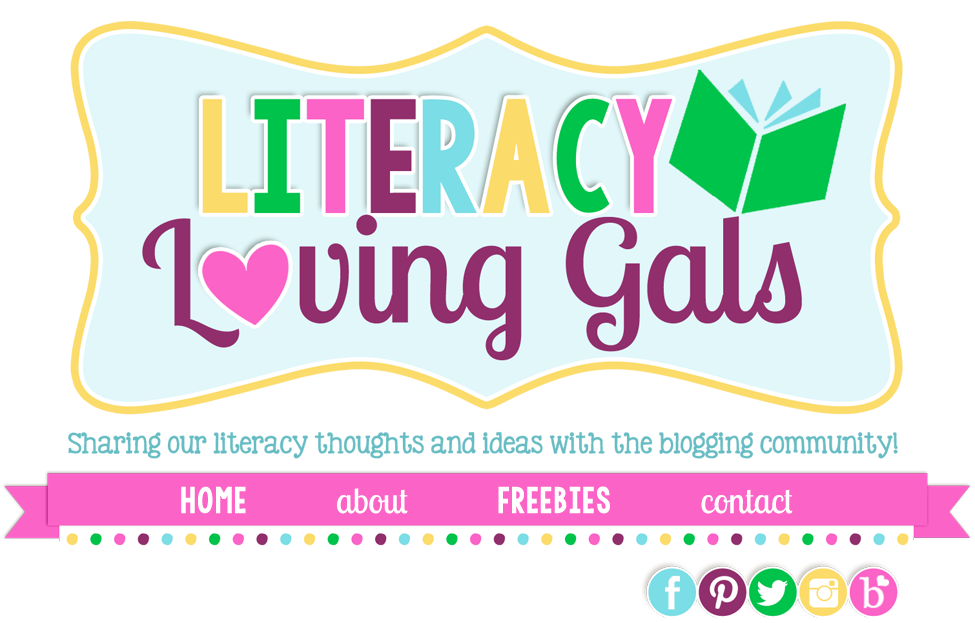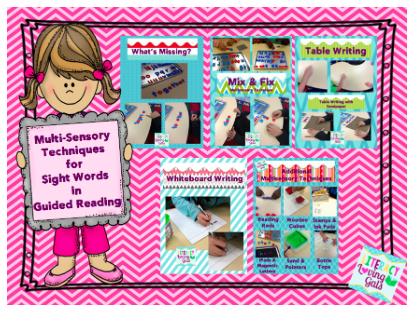
This #D100bloggerPD book study is dedicated to Michael Fisher's Hacking the Common Core. To read the hacks already discussed in the book study thus far, click HERE. You will be able to access crew members' reflections and discussions leading up to this final post in the study.
Before I jump in, I must first say Michael Fisher is one of the most down-to-Earth people I've ever had the chance to meet virtually. He has been nothing but sensational throughout this book study, offering resources, commenting on crew members' posts and even taking the time to be part of the #D100bloggerPD #D100chat co-moderated by Kristin Richey and me. Click HERE for the Twitter chat Storify (Thanks, Leah!). He's extraordinary. #ThankYou

This post is dedicated to Hack 10, which is different than Hacks 1-9. It's slightly less geared toward just the Common Core State Standards (CCSS), but still delivers resources to support parents with them. Hack 10: Involve Parents- Clarify Their Role is more about teachers and administrators building positive relationships with parents (and the community), as well as informing them on their responsibilities in supporting their child's learning. According to Fisher, Everyone needs a seat at the table (p.114) when discussing the Common Core. In order to do this, teachers and administrators need to build significant relationships with parens and invite them into the CCSS discussion.
If you're in the field of Education, you know how impactful it is for teachers, administrators and parents to collaborate and clearly communicate with one another. For this reason, it is beneficial for educators to resolve any confusion or sweeping misguided information parents may be faced with. Since the CCSS and their breadth can be overwhelming, parents may be unclear about their role. No longer can students just memorize and repeat information. They need to be able to analyze, discuss, synthesize and apply their learning to the real world, which is perhaps different than when parents attended school. Nevertheless, it absolutely makes sense. We have to prepare students for jobs that don't even currently exist!
As we know, social media platforms have become quite popular as a go-to place for information. Fisher states,
With new tools like Twitter and Facebook, parents have found efficient and convenient ways to communicate their opinions about standards, schools, evaluations, and assessments. Some of the information has been accurate, but much of it has deteriorated into hearsay, conspiracy theories, and widespread misinformation (p.113).Since this is the case, educators need to find ways to correct and/or prevent these types of roadblocks because fabricated hearsay has the ability to sour our efforts in joining forces with parents and building crucial connections. A former (now retired) colleague named Marilyn McManus always said, If you can predict it, you can prevent it. The image below is posted next to my desk at school and serves as a useful reminder in many life situations, but is also applicable to the CCSS.
Fisher mentions his colleague, Marie Alcock, and what she calls having a *culture of connection*, rather than a *culture of correction*. He states,
If we were to focus on students and preparing them for the future, consider what would change in terms of our conversations. Perhaps our essential questions would center on invitation and collaboration. Perhaps instead of identifying roadblocks, we could figure out how to move past them (p.114).With this being said, if we shape positive relationships with parents, it will establish the foundation for all other parent involvement. That's our goal, right? Preparing students for the future is going to take everyone's best efforts. Children are always the only future the human race has, so we need to be committed to building strong partnerships with everyone involved.
Involve Parents:
Fisher offers a handful of good practice tips on what educators can do (starting tomorrow!) to invite parents into the Common Core conversation:
- Believe that parents are on your team. Figure out how to engage them.
- Become a customer service specialist. Make positive calls home, including personal invitations to school events.
- Share your work. Transparency is a must-do. Show student-created work and successes. SHARE! I'm a huge fan of using Twitter to highlight classroom happenings and resources.
- Model the behaviors you desire. Administrators should model collaborative behaviors with the community at large the way they want their teachers to collaborate with parents (p.115).
After reflecting on these four good practice tips from Fisher, I feel the teachers and administrators in my school (and district) have been successful in our efforts to invite parents and the community into the schools. We provide a variety of ways to keep the community abreast of the happenings related to school events, as well as curricular decisions.
Besides monthly opportunities to attend School Board meetings, we offer Parent University courses, in addition to monthly Parent Coffees, to communicate details regarding academic programs being implemented, measurement of student progress, standards-based grading particulars and more. Additionally, we have a Parent-Teacher Association and Parent Liaisons program where parents and community members are welcomed into schools to provide all types of support. Most recently, we had our very first Bring Your Parents to School Day, which was a huge success!
 |
| Thanks for the pictures, Ms. Bailey! |
Our program called Watch D.O.G.S. (Dads of Great Students) and Super M.O.M.S. (Moms of Marvelous Students) has really sparked engagement with the parents in our school. Dads and Moms sign up to attend school on a particular day to help out in their child's classroom and throughout the building. We especially love when they make return appearances! We also offer opportunities for parents and community members to be Guest Readers in the classroom. Both of these programs are fun, informal ways to promote positive home-school relationships.
As a Reading Specialist, I am particularly fond of promoting literacy. I love reaching out to parent volunteers to organize a date and time for them to be a Guest Reader in my classroom. The 3rd grader in the white Cubs shirt below (Go Cubs!) was thrilled to have his grandmother be a Guest Reader during his group time in my classroom. He was beaming with pride.
Clarify Their Role:
Since teachers and parents have an obligation to prepare kids for the real world, schools need to provide clear, consistent expectations of what their child should be learning at each grade level. Teachers need to be resourceful by providing parents with helpful information that better prepares them in supporting and reinforcing the skills defined by the CCSS. The CCSS help facilitate conversations between all members sitting at the proverbial table.
A vital component of student learning is what and how they learn at home, not just in a school setting. The CCSS define exactly what students need to know, so parents need to be in-the-know. The Instructional Shifts for Students and Parents resource below is from Fisher himself. He shared it to pass along for the book study. See what I mean? He's awesome. :) Click on the link or the image below to download a copy of your own to pass along to others.
Since teachers and parents have an obligation to prepare kids for the real world, schools need to provide clear, consistent expectations of what their child should be learning at each grade level. Teachers need to be resourceful by providing parents with helpful information that better prepares them in supporting and reinforcing the skills defined by the CCSS. The CCSS help facilitate conversations between all members sitting at the proverbial table.
A vital component of student learning is what and how they learn at home, not just in a school setting. The CCSS define exactly what students need to know, so parents need to be in-the-know. The Instructional Shifts for Students and Parents resource below is from Fisher himself. He shared it to pass along for the book study. See what I mean? He's awesome. :) Click on the link or the image below to download a copy of your own to pass along to others.
While doing additional CCSS research, I came across two further resources below to support parents. The first one outlines the CCSS Shifts in English Language Arts/Literacy and Mathematics, on top of explicitly informing parents what they can do at home to support their child in school. The resource was extracted from the Parent & Family Library on a site called EngageNY.
The second resource I obtained is the National PTA's Parents' Guide to Student Success. It is broken down by grade level, sharing precise activities for both ELA/Literacy and Mathematics, and explains how parents can talk to their child's teacher regarding academic progress. Hope you find at least one of the three resources in this post helpful.
For further information on clarifying the role of parents in schools, as well as on any of the information found in Hacks 1-9, I highly suggest you buy, read, highlight and tab the book. In Michael Fisher's words, It's more of a 'practice informs better practice' book (p.15). I utterly agree. After reading this book, I am both enlightened and relieved about teaching and impacting student achievement with the CCSS. I will end this post with some first-rate tips from Fisher's Blueprint for Full-Implementation and Overcoming Pushback sections in Hack 10:
- Plan events multiple times throughout the school year to share information about standards, curriculum, and assessment, and conduct panel discussions and question/answer sessions (p.116).
- Clarify any concerns or questions the parents have (p.116).
- Anything they {parents} are able to offer--showing up for a teacher meeting, participating in a school-wide event, joining the Parent Teacher Association, speaking at a board meeting, whatever it is--sincerely appreciate it and make that parent feel like royalty for contributing to the betterment of the school (p.116).
- Also worth mentioning is that the Common Core is about divergence in thinking, not just the way the vendor or teacher is teaching. Students need multiple ways to solve problems, not just a predictable way (p.118).
- Students can't "Think, Pair, Share" their way to successful creative problem solving in a job setting (p.119).
- Teachers should be considering how they can become more contemporary in practice, whether these standards are impetus for change or not. We do not want a Race of Mediocrity, nor do we want a nation of compliance (p.125).
A sincere thank you for stopping by Literacy Loving Gals to learn more about inviting parents into the conversation surrounding the Common Core. When parents, teachers, administrators and the community band together for the betterment of students, everyone is the victor.
Happy Hacking!






































































